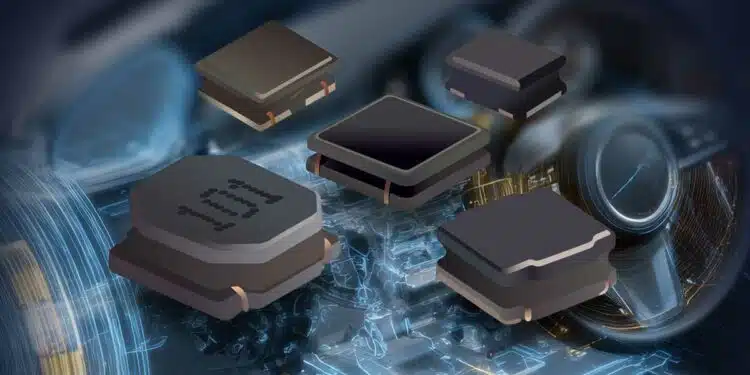Bourns new semi-shielded power inductors offer lower magnetic field radiation, providing a cost-effective alternative to fully shielded ferrite-based inductors.
Bourns, Inc., a leading manufacturer and supplier of electronic components for power, protection, and sensing solutions, today announced the expansion of its semi-shielded power inductors.
Bourns has added five new product series to the existing Bourns® SRN-BTA family.
These new products offer higher maximum inductor values – with some models doubling previous limits – while delivering lower magnetic field radiation. This provides a cost-effective alternative to fully shielded ferrite-based inductors. The semi-shielded construction combines the advantages of both non-shielded and shielded inductor designs, offering a robust and reliable solution for demanding power applications.
The new additions to the SRN-BTA family enhance product reliability with bottom-soldered lead-wires, providing increased mechanical strength and stability. These models are well-suited for applications in automotive systems, DC-DC converters, and power supplies across consumer, industrial and telecom electronics – particularly in applications requiring higher power inductors. These advancements deliver multiple benefits, including improved magnetic performance and greater efficiency.
The Bourns® SRN2010/2510/3010/3015/4018BTA Series Power Inductors are available now through Bourns’ authorized distribution partners. These models are AEC-Q200 compliant and automotive grade, meeting the rigorous standards required for automotive applications. These products are manufactured within a Bourns’ IATF 16949 certified facility.






























